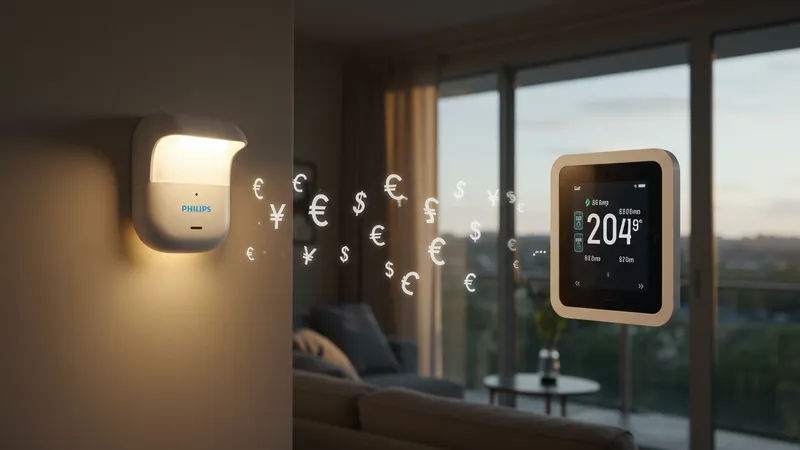
Home Automation: Smart Solutions For Modern Living
Cost, Value, and ROI for Home Automation in Australia
While the upfront expense of smart devices can seem high—Philips Hue starts around AU$129 per set, with Google Nest and Ring devices ranging higher—the return on investment for homeowners is multi-faceted. Smart lighting and thermostats, for example, can deliver ongoing energy savings by reducing unnecessary usage and providing real-time consumption data.

Australian households using Google Nest have reported monthly reductions in electricity bills by up to 10%, particularly in regions like Victoria with variable climates. Such savings accumulate over time, gradually offsetting the initial purchase price of smart devices. Scheduling and presence-based lighting further decrease costs, ensuring lights are only active when needed.
Security systems like Ring reduce the risk of property-related incidents, potentially lowering insurance premiums. The convenience of remote monitoring and recorded footage streamlines interactions with service providers and public safety representatives. These intangible benefits often weigh heavily in Australians’ decisions to automate their homes.
Value is also shaped by intangible factors—comfort, peace of mind, and time saved from daily routines. While cost calculations are important, feedback from Australian homeowners consistently highlights the improved quality of life and assurance provided by smart automation. Savvy buyers evaluate both financial and lifestyle factors to determine the best configuration for their needs.